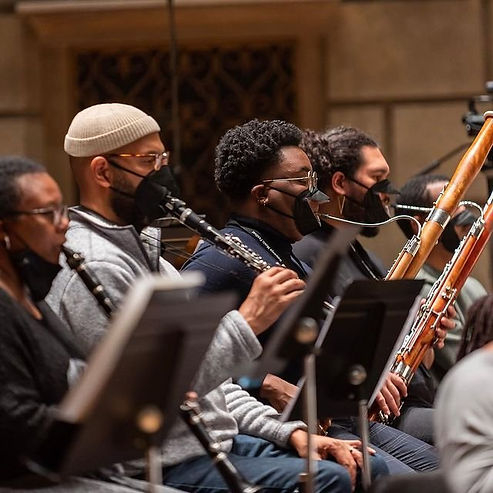By: Eva Huang
Many orchestras are trying to add more diversity to their groups. Throughout the past ten years, orchestras have recruited more Hispanic and Asian musicians, but they have barely added any Black musicians to their population.
About 21% of U.S. orchestra players are people of color, which, while small, is an improvement from before. Previously between 2013- 2014, people of color accounted for only 14% of orchestra players. On the other hand, Black musicians only rose to 2.4% from 1.8%.
Many changes have become clear. For example, the number of women conductors has doubled. In addition, Asians and Asian Americans in U.S. orchestras have increased in the last ten years. Whereas they used to account for 9%, Asian and Asian Americans now account for 11% of musicians in the U.S. Latinos have also improved their representation, growing from 2.5% to 4.8% of musicians. This shift is marginal, however, as Latinos make up 19% of the U.S. population.
Simon Woods, the chief executive and president of the Orchestra’s League, said that she had never worked as tirelessly, and with as much urgency, to support this huge project of improving equality in classical music. “But there’s no denying the fact that we, as a field, have to believe it can go faster,” she added.
With such a big problem as improving diversity, people are starting to suggest blind auditions. A blind audition prevents the judges from discerning applicants’ race or ethnicity and letting that affect their results.
Many organizations exist to help support people of color do well in auditions. For example, the National Alliance for Audition Support, which was supported by the Andrew W. Mellon Foundation, helped hired more than 150 Black and Latino musicians.
Titus Underwood is one of the only two black players in his 83-player orchestra and the principal oboist of the Nashville Symphony. He argues that you cannot have an orchestra without Black representation: “We must reflect American culture. And American culture is nothing without Black musicians being at the center.”
The conducting field has steadily grown more diverse. People of color now make up 32% of those music positions, two times as much as a decade ago when it was only 16%.
Many identities are still unrepresented, but the statistics are looking promising.
Hopefully, in the next few years, if we keep up the work, we might be able to change the U.S. orchestra community.











